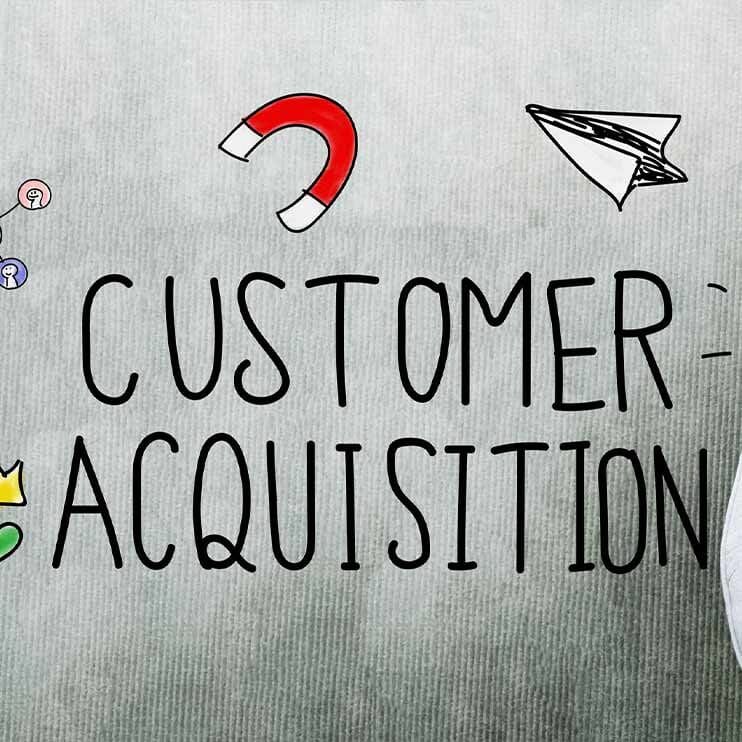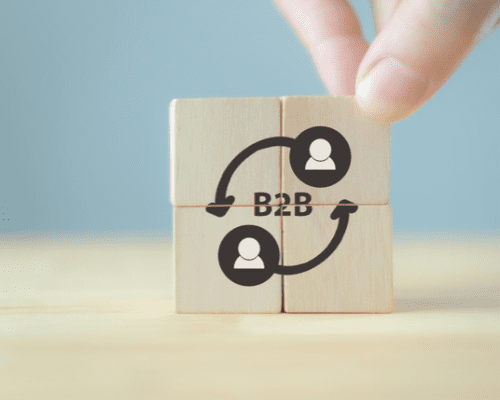According to a recent report published by Forrester, Customer Relationship Management (CRM) systems are making the shift from various fragmented CRM suites back to a single view of each customer.
Customers are the most crucial element of any company. For that reason, any service that a business invests in needs to put customer insights at its core to make it worthwhile.
According to a recent report published by Forrester, Customer Relationship Management (CRM) systems are making the shift from various fragmented CRM suites back to a single view of each customer. This shift will allow CRM systems to evolve, providing a common, global platform through which unified data and processes can be accessed. Additionally, this development will lead to more impactful customer interactions and increased clarity on data and insights.
CRM across departments
Companies of all sizes have adopted CRM for sales, customer service and marketing. Since it moved to the Cloud, more and more leaders have opted for CRM to help solve isolated business problems that relate to one department rather than the organisation as a whole. As a result, vendors have fragmented their CRM into applications that appeal more to departmental buyers. Referred to as departmental CRM, this approach is optimised to support business processes in a single department. It’s often paired with complementary apps such as eSignature or schedulers.
The downside of departmental CRM, though, is that it forces the fragmentation of data and isolates processes within the same organisation, creating silos and leaving gaps in customer data and insights. Therefore, it is only the first of three levels of maturity when it comes to CRM deployment.
The second level is an integrated CRM, which optimises cross-departmental business processes and integrates different departmental CRMs, but data must be rationalised and business and system administration is separate.
Finally, we reach a unified CRM, which unites data across teams and combines a variety of business functions. Unified CRM typically automates tasks, and creates a more seamless way of managing content and data across an organisation.
Unified CRM trends
It’s become clear, then, that the ultimate goal is to adopt a unified CRM, which, as Forrester identified, is ‘becoming attractive to organisations of all sizes that struggle with the highly fragmented ecosystems arising from departmental purchases.’ The disassembled CRM suites are slowly beginning to be reassembled to help standardise processes, KPIs, and outcomes across whole organisations.
So how will companies make this change? The shift back to unified CRM has three underlying components:
- AI and automation will be necessary for CRM success. Human connections are now far and few between, but AI and automation ensure their success. Forrester argues that ‘AI-fueled CRM guides sellers and agents through the right actions; empowers them with the right insights; and optimises campaigns, product configurations, and pricing.’
- CRM engagement will be more customised. Customers expect a personalised experience without having to repeat their previous conversations or data history. According to a recent Forrester report, ‘companies will start using emerging technologies like customer data platforms to enrich first-party CRM data with transactional, profile, and behavioural data to deliver these experiences across the customer journey.’
- Value-based pricing models will take over CRM purchases. As CRM systems become more complex, companies will use less of their capabilities and feel they pay too much for what they get. With outcome-based models, they will be more likely to achieve the outcomes they want, and CRM vendors will be more aware of what is expected from their product.
What to expect
As outlined in an article posted by Brandwatch, a single customer view is necessary to obtain a successful customer experience, as it gives a clear overview of each customer and their specific data. Unified CRM will help organise customer data and highlight what is useful for those using it. Data is always more valuable when it is organised for a specific purpose.
Among other things, unified CRM will:
- Improve targeting. The detailed customer view helps categorise each customer for more focused targeting.
- Improve customer experience. It will organise all communication with the customer in one place. There will be no missing pieces and companies’ customer service agents will be up to date with the specific customer’s data.
- Create smoother internal processes. Each department will see the interactions other departments have had with the customer. This will save time for all parties involved.
- Create better attribution. Companies can track what caused the customer to commit to purchasing. It is hard to be exact, but unified CRM gives insight on the customer’s journey.
Looking forward
The bottom line is that customers today expect to be remembered and to receive next-level service. Reassembling CRM applications will help companies deliver a seamless customer experience and offer stronger insights to customer trends and patterns.
Offering a unified CRM through AI, automation, emerging technologies and outcome-based models is the next step for quality customer service in a competitive market.
Using its 15 years of experience as technical consultants and CRM experts, redk supports companies looking to enhance efficiency and profitability through world-class tools that optimise performance across organisations.
Resources:
https://www.forrester.com/fn/6jYVlu9LD4yBpsl4te2Xmu/
https://www.brandwatch.com/blog/single-customer-view/










